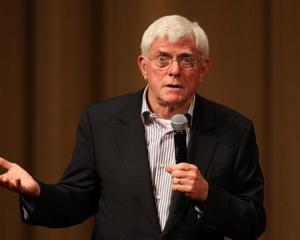

Fans adored the sentimental show as a constant in a changing world and as a reassuring time capsule of a simpler, happier time.Īppraising the Welk show at Madison Square Garden in 1979, John S. Detractors called it tinkly Mickey Mouse music dispensed to geriatric audiences. The Welk dance band offered an easy mix of pop, swing, Dixieland, country, Latin, polkas and inspirational music. The heart of the real estate empire was the Lawrence Welk Village, a 1,000-acre resort-and-retirement complex at Escondido, Calif., near San Diego. Among them are the entire body of Jerome Kern's work, which Mr. Welk became, after Bob Hope, the second-wealthiest performer in show business, and his band and production company became the second-biggest tourist draw of Los Angeles, right behind Disneyland.Ĭomponents of the multi-million-dollar Welk conglomerate include a large music library and ownership of the lucrative royalty rights to 20,000 songs. *"Champagne music puts the girl back in the boy's arms - where she belongs." Behind Bob Hope and Disneyland *"Keep it simple so the audience can feel like they can do it too." *"You have to play what the people understand." These are some of the professional precepts on which he insisted: He kept his musical family - stalwarts like the Champagne Lady, Norma Zimmer, and the Lennon Sisters - basically intact, at times even by arbitrating marital disputes. Welk was a strict taskmaster, demanding from his performers hard work, thrift and self-discipline.

Repackaged as "Memories With Lawrence Welk," the show has been appearing on public television on Sunday afternoons since 1987.

Welk signed up more than 250 independent television stations in the United States and Canada and kept the show on television for 11 more years.


 0 kommentar(er)
0 kommentar(er)
